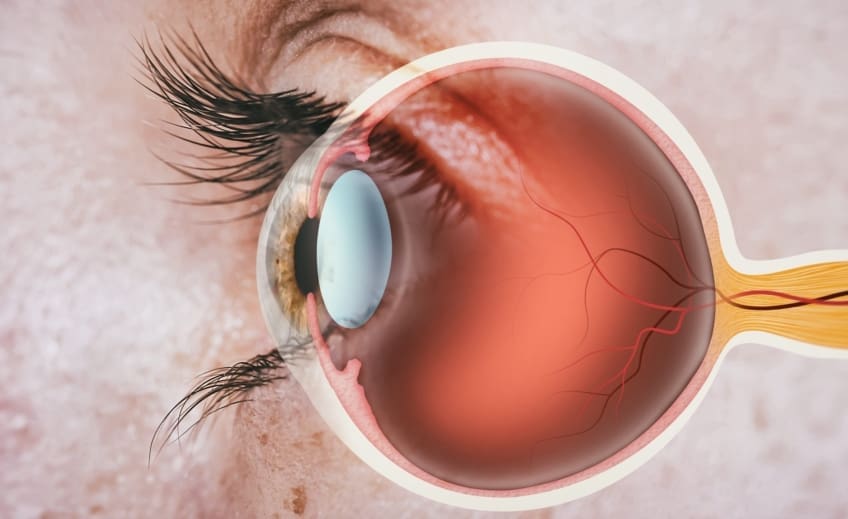
What is a corneal abrasion?
A corneal abrasion is a cut or scratch on your cornea. The cornea is a clear layer of protective tissue at the front of your eye that lies over the iris (which is the colored part of your eye). The cornea helps focus light.
Symptoms of corneal abrasions
The cornea is very sensitive, so a corneal abrasion is usually quite painful. You may feel like you have sand or grit in your eye. You may notice tears or blurred vision, or your eye may look red. You may also notice that light hurts your eye. Some people also get a headache when they have a corneal abrasion.
What can cause a corneal abrasion?
A corneal abrasion can occur when something gets into your eye, such as sand, dust, dirt, and wood or metal shavings. The cornea can also be scratched by a fingernail, a tree branch, or a contact lens that is dry or dirty. Rubbing your eyes very hard is another way that an abrasion can occur.
In some people, the outer layers of the cornea are weak. These people may get a corneal abrasion for no apparent reason.
How are corneal abrasions diagnosed?
Your doctor will examine your eye for any damage or particles that may be trapped under your eyelid. They may offer numbing drops to help with the pain so that you can keep your eye open for the exam. Your doctor may also place a yellow-orange dye on your eye (fluorescein drops) and then use a blue light. This helps the doctor see imperfection along the surface of your eye.
Can corneal abrasions be prevented or avoided?
Corneal abrasions can often by avoided by taking the following steps:
- Wear protective eye goggles when you’re around machinery that causes particles of wood, metal, or other materials to fly into the air (such as a chainsaw or a sandblaster).
- Keep your fingernails trimmed short. Cut infants’ and young children’s fingernails short, also.
- Trim low-hanging tree branches.
- Use care when putting in contact lenses. Make sure you clean them properly each day.
- Don’t sleep in your contact lenses.
- Avoid rubbing your eyes.
What do I do if I get something in my eye?
If you think something has gotten into your eye, first try to wash out the eye by flushing it with clean water or saline solution. Your workplace may have an eye rinse station for this purpose. Sometimes, blinking or pulling the upper eyelid over the lower eyelid may remove a particle from under the eyelid. Avoid rubbing your eye. If you or someone else notices something on the white part of your eye, use a soft tissue or cotton swab to gently lift it out of the eye. Don’t try to remove something that is directly over the cornea — this might cause more serious damage. Call your doctor if you can’t remove the particle or if there doesn’t seem to be anything in your eye.
Corneal abrasion treatment
Your doctor will probably treat the abrasion with eye drops or ointment. Most small abrasions heal within 1 to 3 days. You may need to return to your doctor for another exam the next day.
Living with corneal abrasions
If you wear contact lenses, you need to be especially careful with a corneal abrasion because you have a higher risk of infection. Your doctor may tell you not to wear your contact lenses for a few days after a corneal abrasion, especially if you’re treating your eye with medicated drops.
Questions to ask your doctor
- Can a corneal abrasion cause permanent damage to my eye?
- How long will it take my corneal abrasion to heal?
- Will a corneal abrasion affect my vision? Permanently?
- What should I do if my eye still hurts after a few days?
![]()
Copyright © American Academy of Family Physicians
This information provides a general overview and may not apply to everyone. Talk to your family doctor to find out if this information applies to you and to get more information on this subject.








